Behavior

If you are interested in learning more about this content area, but don’t know where to begin or would like a suggestion, take a look at these items recommended by our staff:
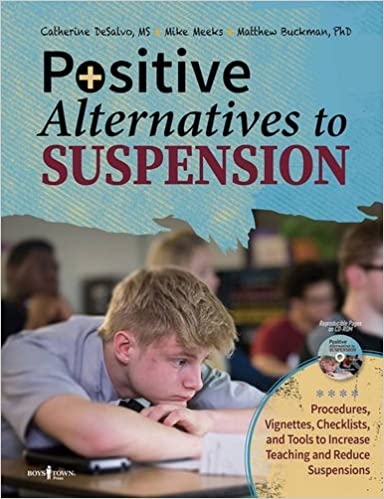
Positive Alternatives to Suspension: Procedures, Vignettes, Checklists, and Tools to Increase Teaching and Reduce Suspensions
This book shows a new model of suspension called the "Positive Alternatives to Suspension" (PAS) model to more effectively teach students to control their behavior, make better decisions, and stay engaged.
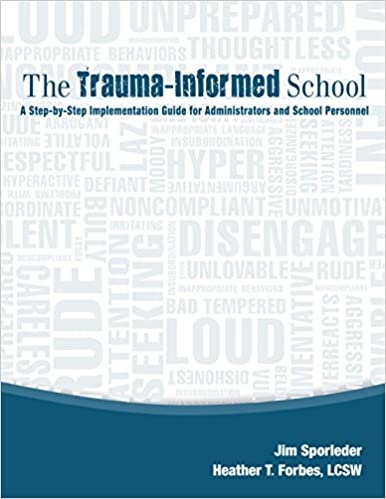
The Trauma-Informed School: A Step-by-Step Implementation Guide for Administrators and School Personnel
This guide contains the hard-learned lessons from a principal's journey of moving a school from barely surviving to thriving. It also weaves in the experience and mental-health perspective of one of the top trauma experts in this field. The authors combined work in this masterpiece will support you in successfully implementing a trauma-informed model. It is beyond comprehensive. In the following pages, you will have everything you need from an overview of trauma to detailed checklists to specific strategies, and much, much more. This complete and informative guide is one-of-a-kind. It will give you the valuable answers you are seeking for your school. This guide will truly answer the ultimate question that is sweeping the educational field and that is, "What does a trauma-informed school look like?" The answers await you right here!
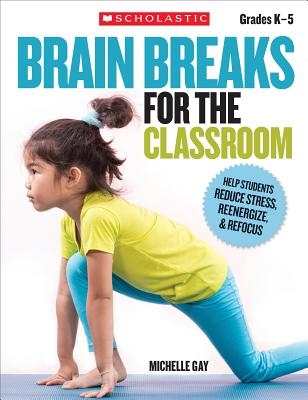
Brain Breaks for the Classroom: Help Students Reduce Stress, Reenergize, & Refocus
This book describes 40 fun exercises to help students take a quick break and return to their work refreshed and ready to learn. This is intended for students in Grades K-5.
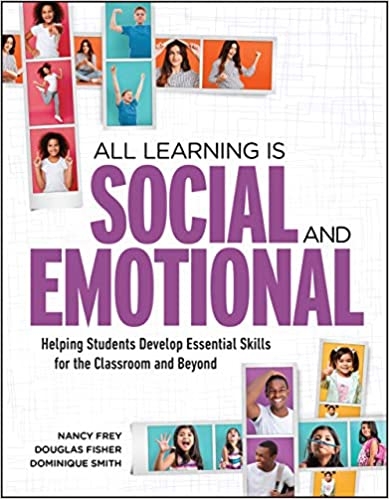
All Learning Is Social and Emotional: Helping Students Develop Essential Skills for the Classroom and Beyond
While social and emotional learning (SEL) is most familiar as compartmentalized programs separate from academics, the truth is, all learning is social and emotional. What teachers say, the values we express, the materials and activities we choose, and the skills we prioritize all influence how students think, see themselves, and interact with content and with others.\If you teach kids rather than standards, and if you want all kids to get what they need to thrive, Nancy Frey, Douglas Fisher, and Dominique Smith offer a solution: a comprehensive, five-part model of SEL that’s easy to integrate into everyday content instruction, no matter what subject or grade level you teach. You'll learn the hows and whys of\- Building students' sense of identity and confidence in their ability to learn, overcome challenge, and influence the world around them.\- Helping students identify, describe, and regulate their emotional responses.\- Promoting the cognitive regulation skills critical to decision making and problem solving.\- Fostering students' social skills, including teamwork and sharing, and their ability to establish and repair relationships.\- Equipping students to becoming informed and involved citizens.
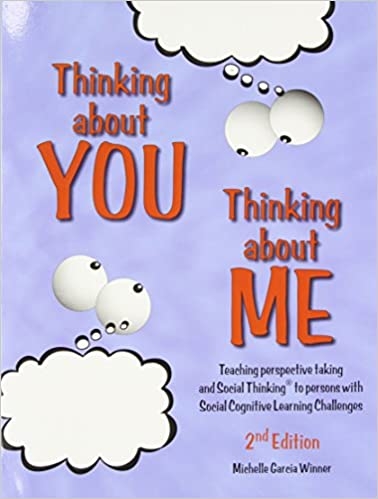
Thinking About You, Thinking About Me: Teaching Perspective Taking and Social Thinking to Persons with Social Cognitive Learning Challenges (2nd Edition)
This resource clarifies perspective taking and its impact on a student's ability to interact socially, be part of a group, and comprehend academic assignments laden with social themes. It provides a hierarchy of therapeutic activities and concrete strategies that break down complex interactions to help students become aware of the impact their actions and words have on other people's thoughts, emotions, and actions.
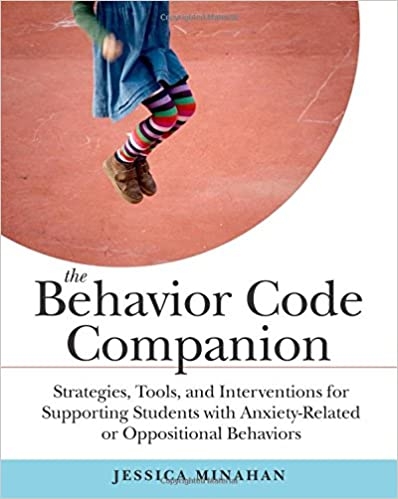
The Behavior Code Companion: Strategies, Tools, and Interventions for Supporting Students with Anxiety-Related or Oppositional Behaviors
This is a guide for educators seeking additional help in supporting students with mental health disorders. Readers are taken step-by-step through the creation of intervention plans, with strategies and tools that can be customized for students.
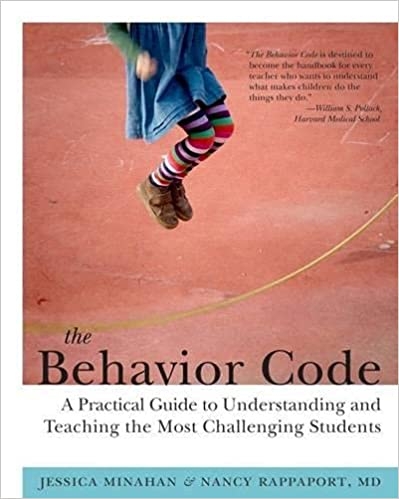
The Behavior Code: A Practical Guide to Understanding and Teaching the Most Challenging Students
A must-read for educators, counselors, administrators, and parents. According to the authors, about 9 to 13 million children (10% of the school population) struggle with mental health problems. In today's typical classroom of 20+, one or two students are dealing with serious psychosocial stressors relating to poverty, domestic violence, abuse and neglect, or a psychiatric disorder, according to the authors. Despite their best efforts, schools do not always do a good job with these students. This book provides the conceptual background for breaking the code with the four most challenging behaviors: anxiety-related, oppositional, withdrawn, and sexualized. This resource provides possible causes for these behaviors to help you understand the young student's behavior and decipher patterns. This book will enable you to make informed decisions regarding the choice of strategies that can often change student's behavior dramatically.


